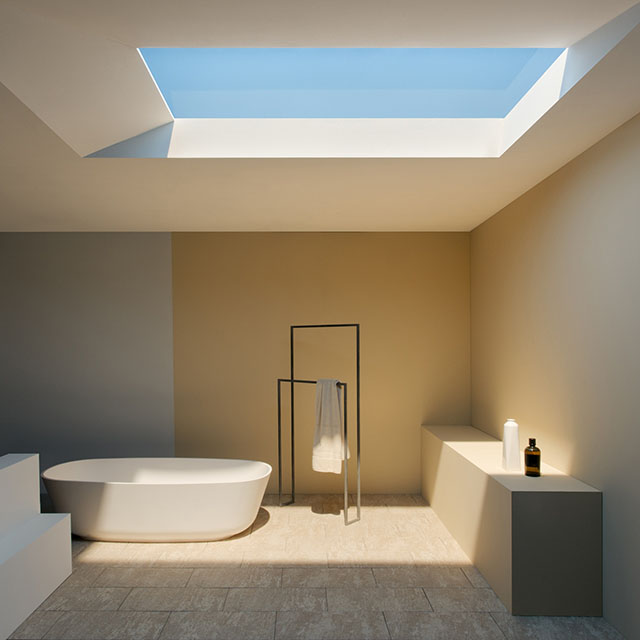Several years ago, I mentioned the Italian company CoeLux, which specializes in making artificial windows: light fixtures that look like sunlight in a clear blue sky.
The price of their products is apparently in the range of several tens of thousands of dollars (I’ve heard prices like $20k to 50k), which makes it out of reach for most individuals. Not many details about their invention are available either (from the promotion material: LED powered, several hundred watts of electrical power, a solid diffuse material, and a thickness around 1 meter), and I was left wondering what was the secret sauce to their intriguing technology.

The YouTube channel DIY Perks has been working on day light projects for a while now, improving at each iteration. Yesterday they published a video explaining how to build a light that seems to give very similar results as CoeLux’s product, from some basic materials that are fairly simple to find. Since their solution takes roughly the same volume, it’s tempting to think it uses the same technique
It’s extremely satisfying to finally see how this works and, despite the practical aspects, quite tempting to try if only to see how it looks in real life.
